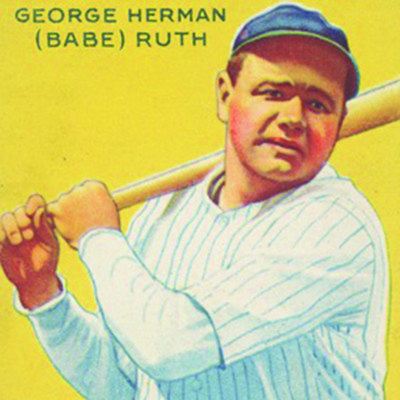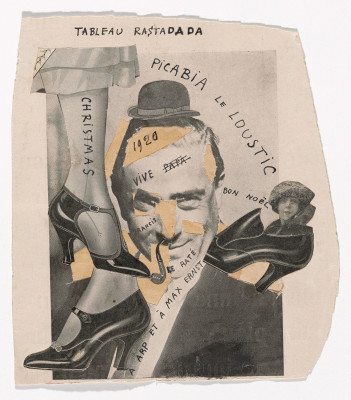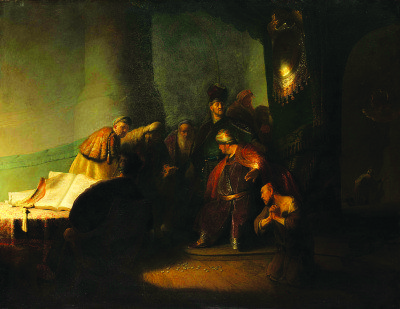With the long-anticipated summer finally here, we have more free time on our hands. When the days get too hot to handle, stay cool indoors by going to a museum and learning something new. Not all exhibits are art pieces; for instance, the following ones listed include classic baseball cards and arcade video games that you can play with, objects you won’t often, or never, see.
These one-of-a-kind exhibits are only around for a few months each, so make sure to go to visit one, or even all, so that you don’t miss out.

1) The Old Ball Game: New York Baseball, 1887-1997
June 10-Oct. 20
The Metropolitan Museum of Art
1000 Fifth Ave., New York
212-535-7710
Displaying 110 years worth of baseball cards, this new exhibit examines New York’s greatest baseball players. It begins with cards from 1887, back when the Dodgers were named the Bridegrooms and the Giants were called the Gothams—a time when the Yankees weren’t even around yet—to the year 1977, when the Dodgers and Giants were replaced with the Mets as the state’s main National League team.
New York state has been the home to many highlights and achievements of baseball, such as Jackie Robinson playing for the Brooklyn Dodgers in 1947 and thus breaking the color barrier in Major League baseball, and the legendary Babe Ruth who, while as a Bronx Bomber, set various single-season home-run records.

2) Dadaglobe Reconstructed
June 12–Sept. 18
The Museum of Modern Art
11 West 53 St., New York
212-708-9400
A reunion of Tristan Tzara’s would-be magnum opus, Dadaglobe, shows over 100 pieces that have never been published (its original publication was supposed to be in 1921). His project is meant to confront the issues of art’s reproducibility, which exists to the present-day.
Dadaglobe not only chronicles his international experiences, but also has the works of other 50 artists from 10 countries, whom Tzara welcomed to submit their pieces to him. This includes photographic self-portraits, photographs of artworks, original drawings and layouts for book pages.
3) Arcade Classics: Video Games from the Collection
 May 21–Oct. 23
May 21–Oct. 23
Museum of Moving Image
36-01 35 Ave., Astoria
718-777-6800
Located in the Changing Exhibitions Gallery, this exhibit displays over 30 video arcade games from 1972 to 1993, which are taken from the collection of the museum. These classic games include the first video arcade game Computer Space (1971), Asteroids (1979), Space Invaders (1978), Ms. Pac-man (1981), Donkey Kong (1981) and much more.
If you have a passion for video games, then you’re in for a treat, because not only can you admire these classics, but you can play them as well. Although the period of video arcade games has ended, these classic games helped form and create the play mechanics, conventions and genres of the video games played today.

(1606-1669), Judas Returning the Thirty Pieces of Silver, 1629; oil on panel; private collection
© Private Collection, photography courtesy of The National Gallery, London, 2016
4) Rembrandt’s First Masterpiece
June 3-Sept. 18
The Morgan Library & Museum
225 Madison Ave. at 36th St., New York
212-685-0008
Rembrandt’s Judas Returning the Thirty Pieces of Silver was considered his first masterpiece, which he created when he was only 23. The painting depicts many of the qualities which would make Rembrandt’s distinguished style, according to the museum’s website: dramatic lighting, a rhythmic harmony of composition and his exceptional ability to convey the emotional drama of a scene.
This is the first time that this grand painting will be shown in the U.S. Numerous early self-portraits and two dozen drawings and etchings of episodes from the life of Christ, which show the growth and evolution of the narrative style of Rembrandt, will be on display as well.


















